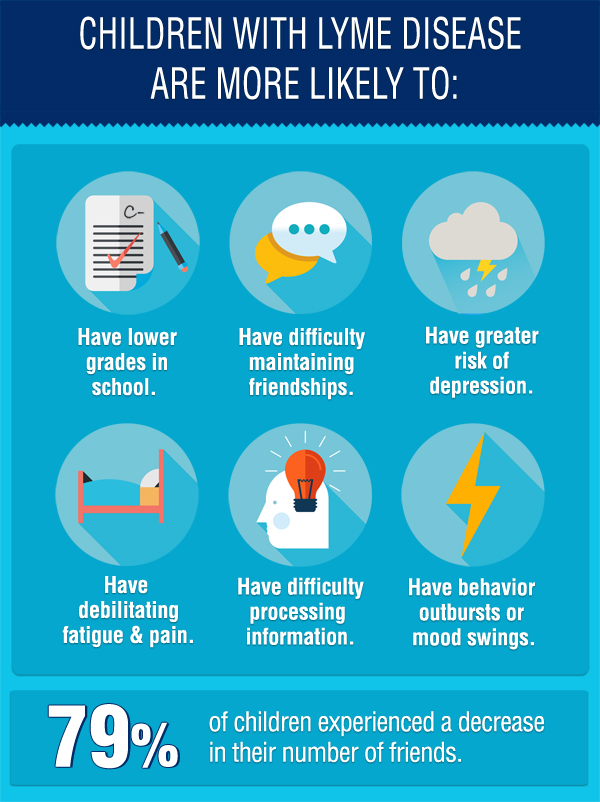-
Xanax Alprazolam Over The Counter
Xanax is classified as an anxiolytic, which means it is a tranquilizer and psychotropic drug that effectively alleviates neurotic manifestations such as fear, anxiety, and emotional tension.
Its anxiolytic properties are complemented by a mild hypnotic effect. It helps shorten the time it takes to fall asleep, reduces the frequency of awakenings during the night, and prolongs the duration of sleep. This hypnotic action is attributed to the drug’s ability to suppress the reticular formation in the brain. Xanax’s effects typically last for a moderate duration. Xanax is recommended for use in the following conditions:- Panic disorders
- Anxiety related to depression
- Reactive-depressive states accompanied by suicidal thoughts
- Neurosis with anxiety and sleep disturbances
- Psychopathy presenting with anxiety, tension, and irritability
- Withdrawal syndrome in individuals struggling with drug addiction and alcoholism
- Senile tremor (muscle cramps)
- Insomnia
-
Administration and dosage
The pills are meant for oral consumption, irrespective of meal timings. Initially, patients are prescribed a minimum dose, typically up to 0.5 mg per day. If well-tolerated, the dose is gradually increased, starting with the evening dose and then extending to daytime dosing. For Anxiety: The recommended dosage is 0.5 mg three times a day, with a possibility of increasing it up to a maximum daily dose of 3 mg. For Panic Disorders: The starting dose is 0.5 mg three times a day, with a potential daily dose of up to 6 mg. The duration of treatment for an acute fear attack is usually three months, for anxiety disorders, it is extended to six months, and for panic disorders, it spans eight months. It is essential to avoid prolonged continuous use of the medication. Abruptly stopping the treatment may trigger a disease relapse, so it is advisable to gradually reduce the dose by 0.5 mg every three days. Slower tapering off is also an option. Keep in mind that using Xanax for more than six months to treat anxiety, anxiety associated with depression, and neurotic (reactive) depression lacks proven efficacy. However, Xanax has shown effectiveness in treating panic disorders for up to eight months. In each specific case, the doctor should periodically assess the drug’s effectiveness.
-
-
Contraindications
Xanax should not be used under the following conditions:
- Hypersensitivity to the drug’s components
- Coma or shock
- Angle-closure glaucoma
- Myasthenia gravis
- Poisoning with alcohol, psychoactive drugs, or narcotic analgesics
- Chronic obstructive pulmonary disease
- Severe depression
- Pregnancy
- Age under 18 years
- Night apnea
Side effects of Xanax
Occasionally, patients may experience side effects when using Xanax. These may include:
- Drowsiness, fatigue, disorientation, dizziness, ataxia (loss of coordination), unsteadiness of gait, and slow reactions.
- Less commonly, individuals may experience euphoria or depression, aggressive outbursts, hallucinations, increased anxiety, and insomnia.
- Some hematological effects like leukopenia, anemia, and thrombocytopenia may occur.
- Gastrointestinal disturbances such as dry mouth, heartburn, vomiting, constipation, or diarrhea, and jaundice have been reported.
- Urinary incontinence, changes in libido, and menstrual disorders are possible side effects.
Pregnancy and lactation
Based on data from the use of other benzodiazepines, it is suspected that Xanax may have a teratogenic effect if taken during the first trimester of pregnancy. If Xanax is used during pregnancy, patients should be informed about the potential risk of fetal malformations during therapy. Due to the drug’s urgent indications, its use in the first trimester of pregnancy should be avoided. Additionally, since benzodiazepines can be excreted in breast milk, breastfeeding should be avoided during Xanax therapy.
Use in patients with severe depression and suicidal behavior
Extreme caution should be exercised when administering Xanax to patients with severe depression and suicidal tendencies. Panic disorders are often associated with primary or secondary depression, and treated patients may have increased rates of suicide. Similar safety precautions should be observed when prescribing high doses of Xanax for panic disorders or other psychotropic drugs to patients with high, but concealed, suicidal tendencies. Close monitoring and appropriate support are essential in such cases.




